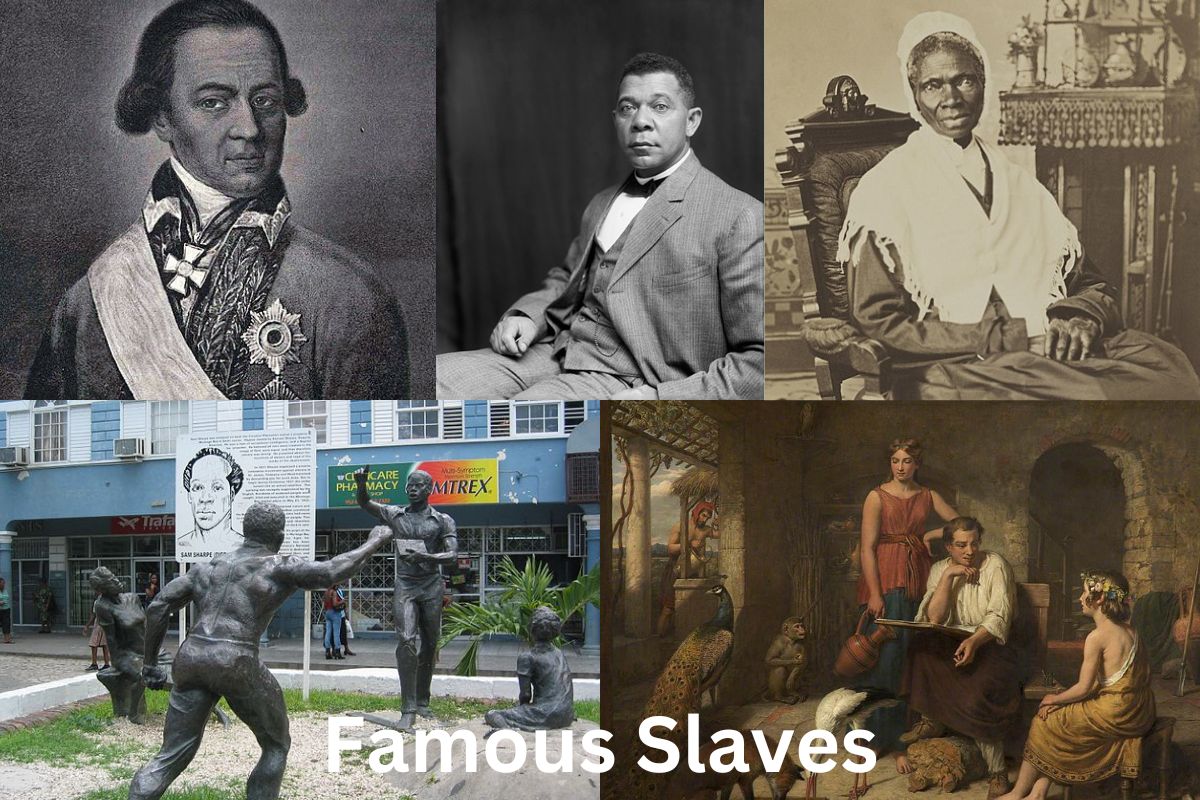Throughout the course of history, there were millions of people who were held in servitude. Slavery has been practiced in a wide variety of nations and cultures all over the world, and it has taken on a myriad of forms throughout history.
Individuals were the owners of some slaves, while governments and institutions held ownership of the majority of slaves.
While some slaves were treated very well, others were subjected to cruel and violent treatment. Some slaves were treated relatively well.
Famous Slaves
1. Spartacus
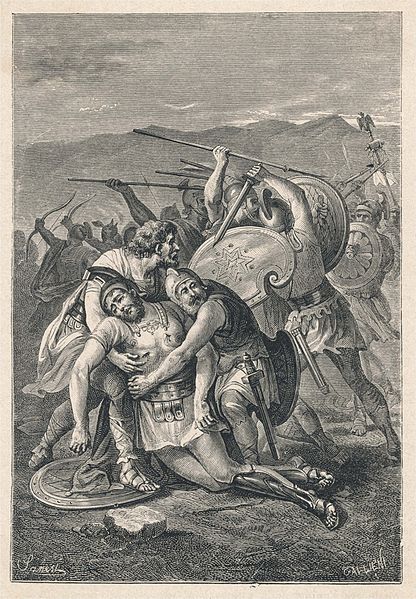
Spartacus led a slave uprising against the Roman Empire in the first century BC. The Spartacus Revolt, also known as the Third Servile War, began in 73 BC and lasted until 71 BC.
Spartacus was a Thracian who had been sold into slavery in Rome and trained as a gladiator. He and three other gladiators escaped from a gladiator training school in Rome in 73 BC and launched a revolt against the Roman government.
As they proceeded south across Italy, the rebels were initially successful and were able to attract a significant number of slaves and other followers.
The Roman government replied by sent many troops to put down the uprising, and Spartacus and his followers were finally destroyed in 71 BC after several battles.
Spartacus was killed in battle, and many of his followers were executed as a result of their uprising. Despite his eventual loss, Spartacus’ insurrection is regarded as a watershed moment in the history of slavery and resistance.
2. Frederick Douglass
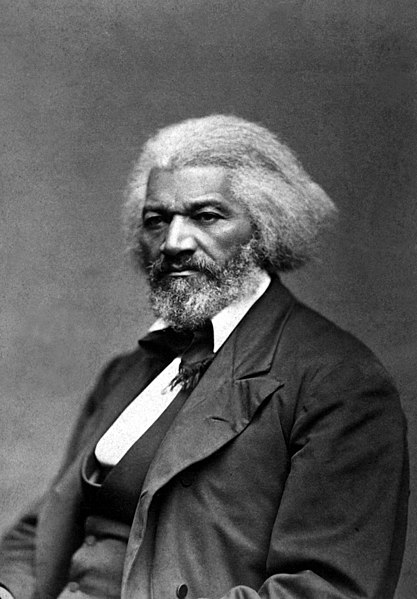
Frederick Douglass was a former slave who rose to prominence as an abolitionist and advocate for African American rights in the United States. In 1818, he was born into slavery in Maryland, but in 1838, he escaped to freedom in the North.
Also Read: Facts About Slavery
Douglass rose to prominence as a speaker and writer after escaping slavery, using his own experiences as a slave to teach people about the reality of slavery and the need for its abolition.
He published many autobiographies, including “Narrative of the Life of Frederick Douglass, an American Slave,” which described his life as a slave and subsequent escape to freedom.
Also Read: Black Slave Owners
Douglass also worked as an editor and publisher, and he utilized his positions to campaign for African American rights and to denounce slavery and segregation.
In addition to his work as an abolitionist, Douglass was involved in the women’s suffrage campaign and the civil rights struggle. He died in 1895, but his reputation as a key player in the anti-slavery and civil rights movements goes on to this day.
3. Aesop
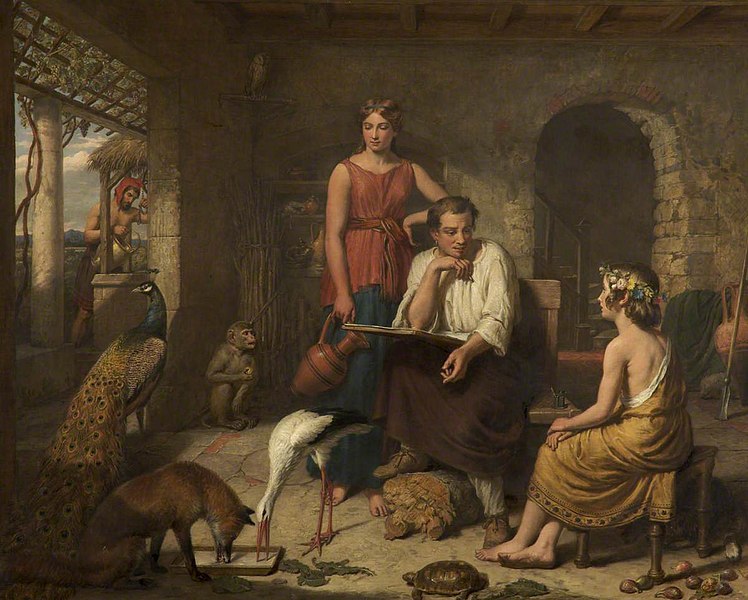
Aesop may have been a slave in ancient Greece, according to historical data. He was a slave held by a wealthy Greek named Xanthus, according to one account.
Aesop was famed for his wit and intelligence, and he used his stories to make social commentary.
Despite his slave position, Aesop became well-known for his fables, which are short stories with animal characters and a moral lesson. For centuries, his fables have been translated into numerous languages and widely read and repeated.
While the circumstances of Aesop’s life are impossible to authenticate, his legacy as a storyteller and fabulist has had a lasting impact on literature and culture. His fables are still extensively read and liked today.
4. Moses

Moses has an important role in both the Hebrew Bible and the Christian Old Testament. He was an Israelite who was born into slavery in ancient Egypt but was later selected by God to lead the Israelites out of slavery and into the Promised Land, according to the biblical account.
According to the Bible, Moses was born during a period when Egypt’s Pharaoh had ordered the slaughter of all male Hebrew babies. His mother kept him hidden for three months before depositing him in a basket and floating him down the Nile. He was discovered by the Pharaoh’s daughter, who reared him as her own son in the palace.
When Moses was an adult, he realized he was a Hebrew slave and fled to Midian, where he married and worked as a shepherd. God appeared to Moses in the form of a burning bush after many years and commissioned him to lead the Israelites out of slavery in Egypt and into the Promised Land.
Moses followed God’s order and led the Israelites through the wilderness, accomplishing numerous miracles along the route. The Israelites eventually arrived in the Promised Land and lived there, led by Moses.
The narrative of Moses is regarded a significant component of Judaism, Christianity, and Islam’s religious and cultural history.
5. Saint Patrick

Saint Patrick, the patron saint of Ireland, was a missionary and bishop. According to legend, he was born in the fourth century AD in Britain and was kidnapped and sold into slavery as a youngster.
He was deported to Ireland, where he worked as a shepherd for several years before fleeing and returning to the United Kingdom.
Patrick returned to Britain and became a Christian monk before returning to Ireland as a missionary. He is credited with introducing Christianity to Ireland and founding numerous churches and monasteries across the country.
He is also recognized for his involvement in driving the snakes out of Ireland, which became a symbol of his efforts to convert the Irish to Christianity.
Saint Patrick is commemorated on March 17th, often known as St. Patrick’s Day. This occasion is celebrated by Irish and people of Irish heritage all over the world as a time to remember and appreciate Saint Patrick’s life and legacy.
6. Harriet Tubman
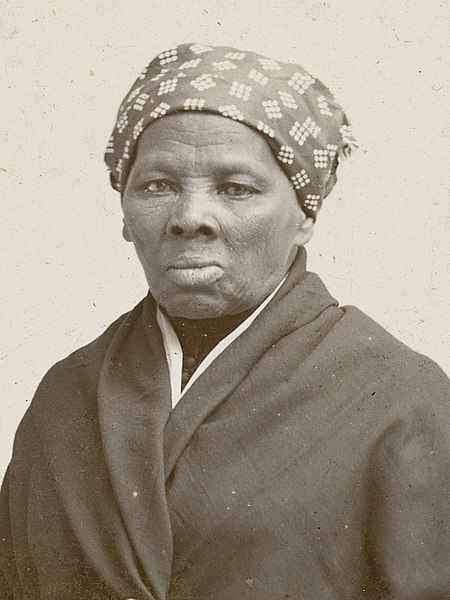
Harriet Tubman was an abolitionist and humanitarian who was a former slave. In the early 1820s, she was born into slavery in Maryland, but she escaped to freedom in the North in 1849.
Tubman dedicated her life after escaping slavery to assisting other slaves in fleeing to freedom via the Underground Railroad, a network of safe homes and secret routes that assisted slaves in escaping to freedom in the northern United States and Canada.
Also Read: Timeline of Slaves in America
Tubman returned to the South several times to liberate slaves, and she is credited with helping to free hundreds of individuals from slavery. She was also involved in the abolitionist movement and the civil rights struggle, and she collaborated with prominent abolitionists such as Frederick Douglass and William Still.
Tubman was an abolitionist who also worked in the women’s suffrage movement and served as a nurse and spy during the American Civil War.
She died in 1913, but her legacy as a fearless and determined campaigner for African American rights lingers on to this day.
7. Enrique of Malacca
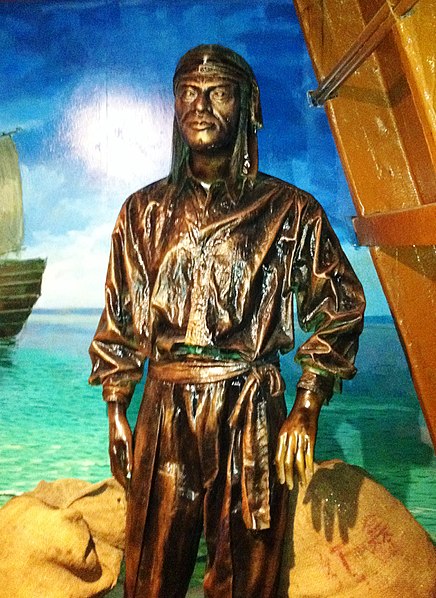
Enrique of Malacca, sometimes known as Henry the Black, was a slave and interpreter who traveled throughout the world with Portuguese explorer Ferdinand Magellan in the early 16th century.
Enrique was born in Malacca, a significant port and economic city in modern-day Malaysia, and was kidnapped as a toddler by Portuguese traders. He was sold as a slave in Portugal, where he learnt Portuguese and several other languages.
Magellan employed Enrique as a translator for his expedition, which began in 1519 with the objective of sailing west across the Atlantic Ocean to the Spice Islands (modern-day Indonesia).
Also Read: Famous Slave Ships
Enrique was an important member of the expedition, assisting in communication with indigenous peoples encountered along the road and acting as a liaison between the team and local authorities.
Despite the difficulties and risks of the journey, Enrique survived and returned to Spain with the expedition’s remains in 1522. He was finally released and the Spanish monarch offered him a pension for his service.
Little is known about Enrique’s later life and destiny, but historians have recognized his contributions to the trip and his role as a pioneer in world exploration.
8. Sojourner Truth
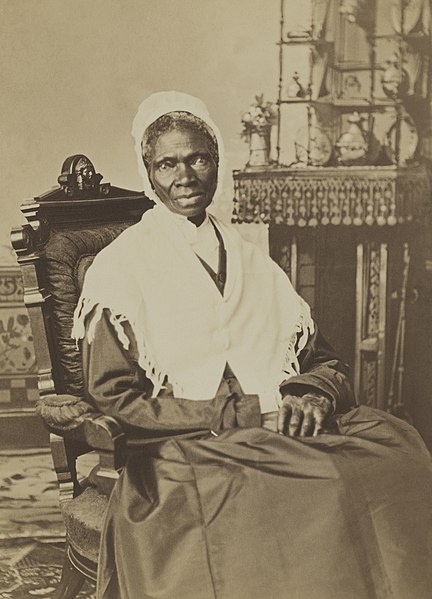
Sojourner Truth was an African American abolitionist and feminist. She was born into slavery in the late 1800s, but escaped to freedom in 1826 with her young daughter.
Truth became a popular activist and speaker after winning her freedom, touring throughout the northeastern United States and pushing for the abolition of slavery as well as the rights of women and African Americans.
Truth is best known for her speech “Ain’t I a Woman?” delivered at a women’s rights convention in Ohio in 1851. She argued in her address that women’s rights and black rights were not different problems, stating that women of color faced specific types of oppression and that all women, regardless of race, should be treated equally.
Truth’s actions and remarks influenced the abolitionist and women’s rights movements at the time. She advocated for social fairness until her death in 1883.
9. Booker T. Washington
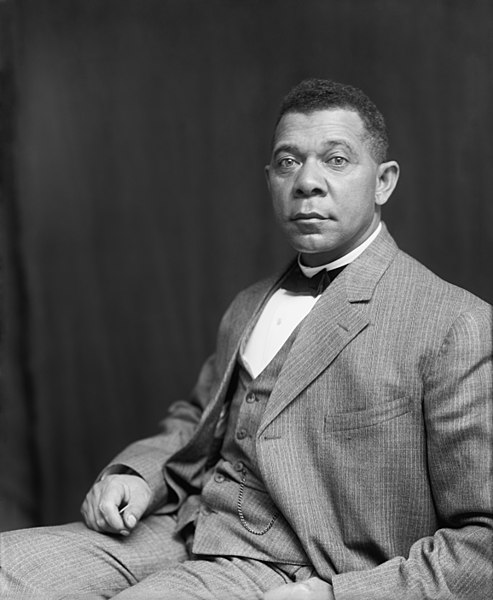
Booker T. Washington was a black educator, novelist, and activist. He was born into slavery in the mid-nineteenth century and grew to prominence as a post-Civil War spokesperson for African American rights.
Tuskegee University, a historically black college in Alabama, was founded and first president by Washington. He also tried to improve racial relations in the United States and was instrumental in the creation of vocational education for African Americans.
Washington’s stance on race relations was divisive at the time, as he believed that African Americans should prioritize economic and educational growth before political rights.
Many African Americans resisted this strategy, known as “accommodationism,” believing that the full rights and equality guaranteed by the Constitution should be demanded.
Despite this dispute, Washington was largely regarded as a leader, and his attempts to improve the lives of African Americans left an indelible mark.
10. Denmark Vesey
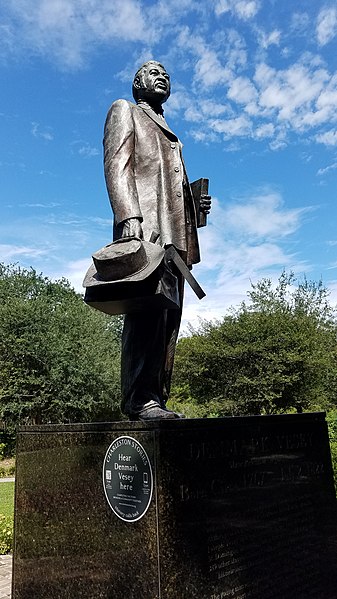
Denmark Vesey was an enslaved African American man who plotted a slave rebellion in Charleston, South Carolina in 1822. Vesey had purchased his freedom in 1799 and was a well-known member of Charleston’s African Methodist Episcopal Church.
He believed the time had come for a slave insurrection and began organizing a group of enslaved and free African Americans to overthrow the government and seize control of the city.
Vesey’s plot was thwarted before it could be carried out, and he and several of his associates were captured and charged with treason. Vesey and five other people were convicted and sentenced to death, while hundreds more were imprisoned or deported.
While eventually failed, Vesey’s uprising was one of the largest and most well-planned slave revolts in American history. It sent shockwaves throughout the South and served as a continual reminder of the potential of slave rebellion.
Vesey’s legacy has been polarizing, with some regarding him as a hero who battled for liberty and others seeing him as a dangerous radical.
11. James Somersett
In the early 18th century, James Somerset, sometimes known as James Sommersett or James Somersett, was an enslaved African man brought from West Africa to the British colony of Virginia. Somerset’s owner, Charles Steuart, took him to London in 1771, and he was eventually sold to a guy named Charles Stewart.
Somerset battled for his liberty in the “Somerset case,” which was heard in the Court of King’s Bench in 1772. Somerset claimed that he was illegally brought from Africa to Virginia and hence was not subject to English slavery laws.
Lord Chief Justice William Murray, the case’s judge, ruled in Somerset’s favor, declaring that “Slavery is of such a nature that it cannot be introduced for moral or political reasons, but only by positive law, which retains its force long after the reasons, occasions, objects, and time itself from which it was created have been erased from memory. It is so heinous that nothing but affirmative legislation can be tolerated to uphold it.”
The Somerset case was a landmark win for the English abolitionist movement, establishing the notion that slavery was prohibited in England. It also had an impact on the American abolitionist movement, as it was cited as precedent in later judicial actions contesting slavery.
12. Abram Petrovich Gannibal
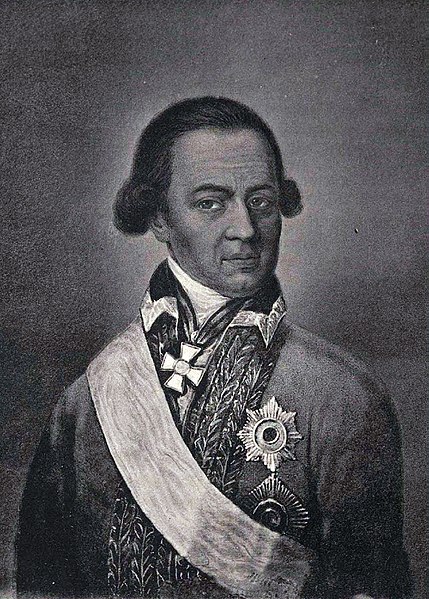
Abram Petrovich Gannibal, often known as Hannibal or Abram Hannibal, was an African born in what is now Ethiopia in the late 17th century. He was kidnapped as a slave and sent to Russia, where he was eventually released and rose to prominence as a military officer and engineer.
Gannibal was the godson of Russia’s tsar, Peter the Great, and was well-educated and competent in military strategy and engineering. He ascended to the rank of general and was in charge of the construction of several significant fortifications throughout Russia.
Gannibal was also a talented poet and musician whose works were highly regarded in Russia.
Gannibal’s life and career were unusual given the period and area he lived in. As a person of color in a society that was mainly unfriendly to individuals of African origin, he overcame many barriers and hardships.
His legacy has been honored in Russia and worldwide, and he is acknowledged as a pioneering figure in Russian race relations history.
13. Sam Sharpe

Sam Sharpe, sometimes known as Sam Sharp or Sam Sharpe Williams, was an enslaved African man who was a significant figure in Jamaica’s 1831 Baptist War, a slave insurrection.
Sharpe was a leader in the slave insurrection, which was spurred by a number of grievances against the slave system, such as harsh treatment of slaves and a lack of freedom and rights.
The insurrection was ultimately unsuccessful, but it had a profound impact on the Jamaican and international abolitionist movements. Sharpe and many other rebel leaders were executed, and Sharpe became a symbol of anti-slavery struggle and a hero to many Jamaicans.
Sharpe’s name became synonymous with Jamaica’s battle for freedom and human rights after the insurrection. He is known as a leader in the anti-slavery movement and a defender of justice and equality.
